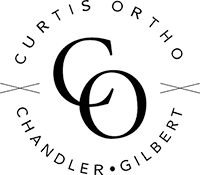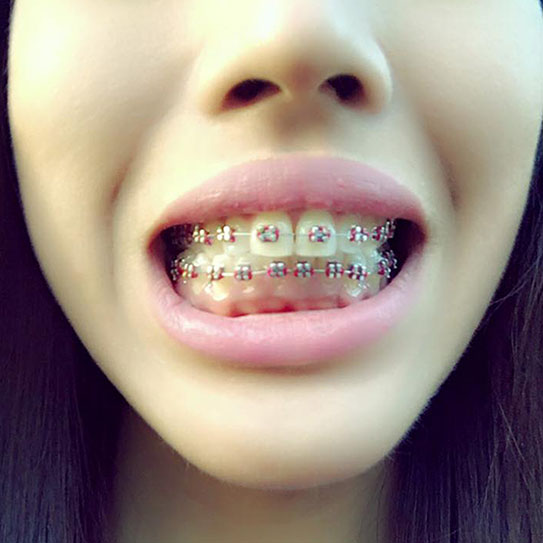BRACES ARE SO common for Gilbert teenagers (even though teens aren’t the only ones who can have them) that a lot of people might take it for granted that these bits of metal can move teeth into their proper position, but how exactly do they do that? The process is pretty cool, so let’s take a closer look at it.
The Anatomy of Braces
Why do braces consist of brackets, O-rings (also called bands or ligatures), and archwires? Because each of those parts plays an important role in orthodontic treatment. Sometimes there are additional parts and appliances depending on the patient’s specific treatment plan, but everyone who has traditional wire braces has these three parts.
Brackets: Anchor Points
If you look closely, you can tell if someone is closer to the beginning of their orthodontic treatment than the end because their brackets aren’t in a straight line. For some patients, the brackets might even emphasize the crookedness of their teeth. The placement of the brackets is very deliberate. It’s what allows braces to move teeth to where they need to be. The colorful o-rings then go on top of the brackets to hold the archwires in place.
The Archwire: The Guiderails
Running through the brackets is the archwire, which varies in material and thickness depending on the treatment plan. Archwires provide steady, gradual pressure in the right direction as they try to straighten back to their original shape. Once the archwire is in place, the colorful O-rings go on top, holding brackets and archwire together.
The Elastics: Connective Tissue
Elastics are the most common addition to the main three braces ingredients. They’re used to correct a malocclusion (bad bite) or misaligned jaw by applying pressure towards the proper alignment. However, the only way they can do their job is if the patient wears them EXACTLY as instructed. You cannot speed up your treatment by wearing extra rubber bands. In fact, you will probably only make it take longer.
Orthodontic Treatment at the Cellular Level
When braces apply pressure to our teeth, they don’t simply move. There’s an intense cellular process happening in our jawbones in response to that pressure. In front of the tooth, specialized cells called osteoclasts break down bone cells that are in the way, while osteoblasts build new bone cells behind the tooth to keep it fitting snugly in its socket. The bone is actually reshaping itself!
Why Retainers Matter
The bone-reshaping process takes time, and our teeth still remember their old position after the braces come off. This is why it’s so important to wear retainers. They help the teeth and jaws get used to the new position, and they also prevent separate shifting that happens to most people’s teeth as they get older.
Learn More About How Your Orthodontic Treatment Works
Maybe we’ve answered some of your questions about braces, but you probably have others. Make sure you bring them with you to your next orthodontist appointment at our Gilbert office. You can also learn more on our business page. The more patients know about how their braces work, the better they understand why we give the instructions we do, and the more confident they are in their future results! You can learn more about us by checking our business page, and make sure to get directions before heading our way.






